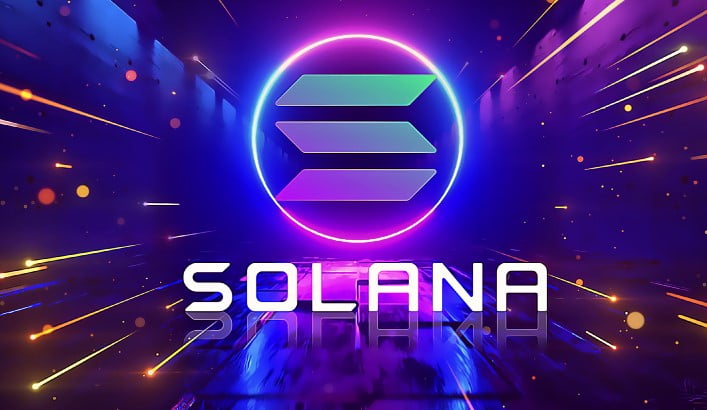Anza Introduces Alpenglow, a transformative upgrade hailed as the most significant in Solana’s history, aiming to slash block finality to 150 milliseconds. Unveiled on May 20, 2025, this overhaul promises to align Solana’s performance with Web2 infrastructure, enhancing its blockchain efficiency. This article delves into the Alpenglow upgrade, its components, and its implications for the Solana network.
A Groundbreaking Consensus Overhaul
Anza Introduces Alpenglow, a protocol redesign led by researchers Quentin Kniep, Kobi Sliwinski, and Roger Wattenhofer. Described as a “turning point,” it replaces Solana’s TowerBFT and Proof-of-History (PoH) with two innovative components: Votor consensus and Rotor data dissemination. This shift aims to elevate Solana’s blockchain efficiency, enabling responsiveness comparable to social media or online gaming platforms.
Solana founder Anatoly Yakovenko praised the upgrade on X, noting, “Alpenglow nails bandwidth utilization and deterministic finality with a simple, intuitive design.” By addressing consensus bottlenecks, the upgrade positions Solana to rival centralized systems in the crypto market.
Votor: Streamlined Consensus Mechanism
Anza Introduces Alpenglow with Votor consensus, a protocol replacing TowerBFT to handle block voting and finalization. Unlike Solana’s current “gossip” model, which delays information spread, Votor uses direct node communication, akin to a Zoom call versus word-of-mouth. This accelerates decision-making across the Solana network.
Votor operates two parallel voting tracks:
- Round 1: Blocks finalize in one round with 80% stake consensus.
- Round 2: If only 60% stake responds, finality occurs in a second round.
These concurrent paths ensure the fastest route prevails, reducing block finality to 100–150 milliseconds. This speed could unlock real-time applications, setting Solana apart in the crypto market.
Discover: Solana dApps Dominate Blockchain Revenue Growth
Rotor: Enhanced Data Propagation
Anza Introduces Alpenglow with Rotor data dissemination, replacing PoH to optimize block distribution. Building on Solana’s Turbine protocol, Rotor shreds blocks into smaller pieces for rapid network dispersal, using erasure coding to reconstruct blocks from partial data. Unlike Turbine’s multi-layer approach, Rotor employs a single relay layer and adjusts data rates based on node stake, minimizing resource use and boosting blockchain efficiency.
This streamlined design reduces network hops, ensuring faster, lighter block propagation across the Solana network, critical for high-throughput performance.
Infrastructure Challenges Persist

Anza Introduces Alpenglow, but acknowledges it doesn’t fully resolve Solana’s infrastructure issues, notably past network outages. The Solana network relies on a single validator client, Agave, maintained by Anza, creating a centralization risk. A security flaw in Agave could halt the network.
Hope lies in Firedancer, a new validator client by Jump Crypto, set for mainnet launch in 2025. Firedancer’s diversity could enhance resilience, reducing outage risks and strengthening the crypto market’s trust in Solana.
Conclusion
Anza Introduces Alpenglow, redefining Solana’s core with Votor consensus and Rotor data dissemination. Targeting 150-millisecond finality, it aims to match Web2 speeds, enhancing blockchain efficiency. While challenges like outages persist, Alpenglow positions Solana as a leader in the crypto market, with testing planned by year-end.








